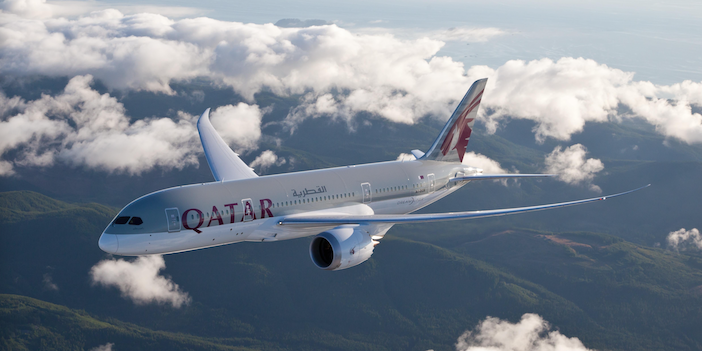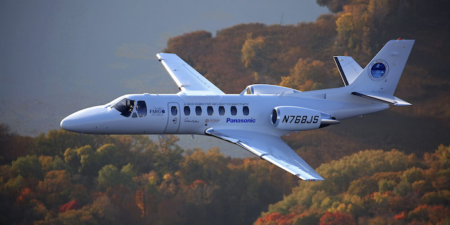Inmarsat has been selected as the inflight connectivity (IFC) provider for Qatar Airways’ Boeing 787-9 and 737-10 fleet, marking an expansion of its partnership with the Doha-based national carrier. Inmarsat’s GX Aviation broadband service has previously been rolled out on other aircraft in the airline’s fleet and, under the new agreement, it has already been activated on the first seven Boeing 787-9s.
Qatar Airways provides one hour of free access to its ‘Super Wi-Fi’ broadband service, with the option to purchase full access for the remainder of each flight. The service may prove popular as Qatar prepares to host the 2022 FIFA World Cup in November, with a huge influx of tourists set to travel by air into Doha’s Hamad International Airport to watch the football tournament. Passengers will be able to stay up-to-date with match scores, watch video replays and livestream matches from 30,000ft. Inmarsat and the airline recognise the World Cup will drive demand for the connectivity service, and have committed to meeting the bandwidth requirements generated by the event. Alongside its partner Safran Passenger Innovations, Inmarsat has installed and activated GX Aviation on the first Qatar Airways 787-9 aircraft in less than five months from contract award.
Niels Steenstrup, president of Inmarsat Aviation, said of the deal, “It has been more than four years since Qatar Airways became the launch customer for Inmarsat’s GX Aviation in the Middle East and North Africa and, during that time, millions of passengers have enjoyed access to its Super Wi-Fi service. We are delighted to expand our important partnership even further.”
GX Aviation is powered by Global Xpress (GX) international broadband network, which currently consists of five Ka-band satellites and will be further enhanced with seven more satellites as part of Inmarsat’s technology roadmap. This includes two Inmarsat-6 commercial communications satellites, both of which are scheduled to enter service next year, followed by three additional satellites in geostationary orbit – adding speed, capacity and resilience – and two in highly elliptical orbit, enabling mobile broadband services for aircraft flying in higher elevations and across the Arctic. The GX network will also play a crucial role in the ongoing growth of Inmarsat’s Orchestra dynamic mesh network, which will bring existing geosynchronous (GEO) satellites together with low-Earth orbit satellites (LEO) and terrestrial 5G to form an integrated solution.





